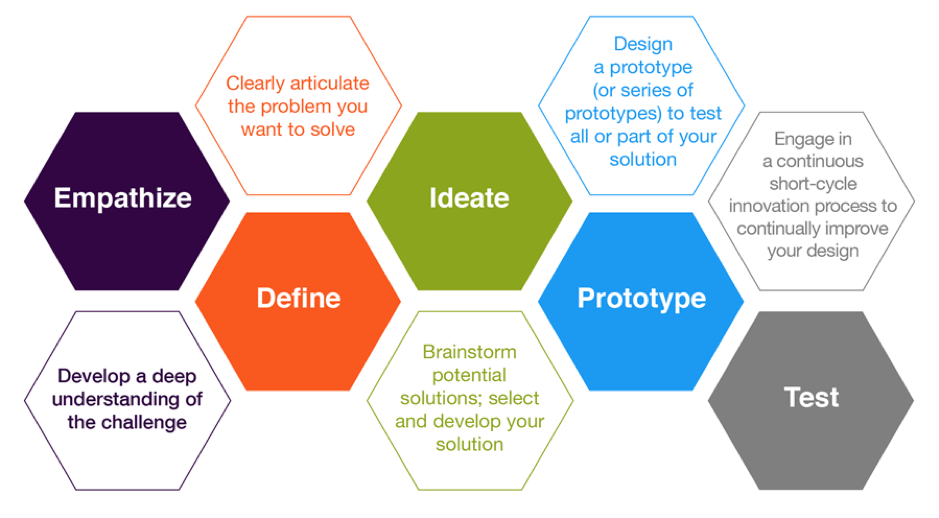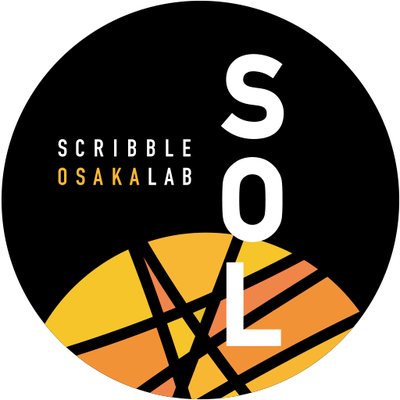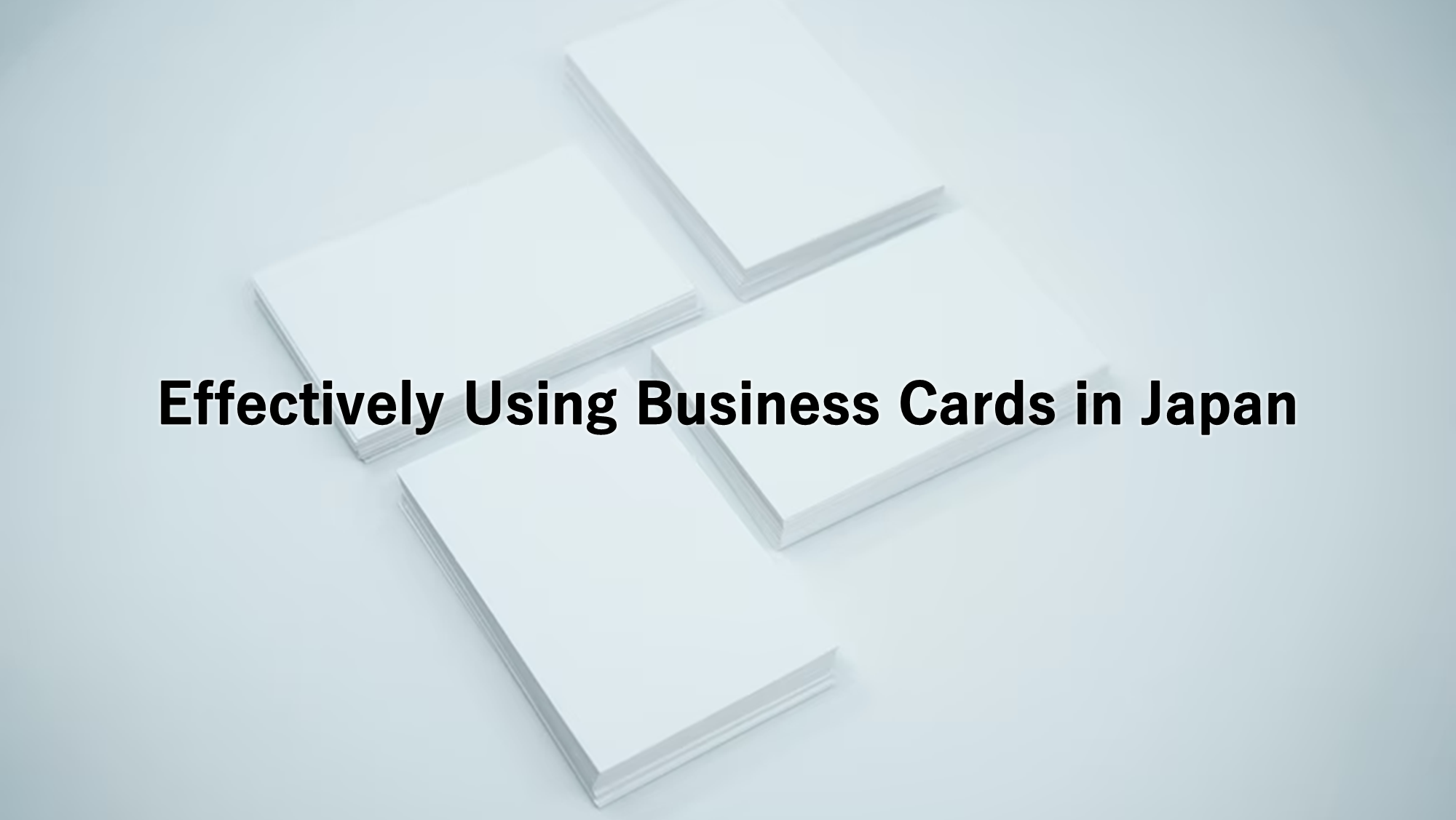In the first part, “Why Is EQ Important(1)“, we saw what is EQ, Emotional Intelligence, and how it is important for the business. In this second part, we focus on how we make use of EQ in the business field.
Following the below thinking process helps reframe problems into a human centered approach, where a deep empathy with the end user is maintained throughout the design process to ensure that your solution will be fit for the end user.

When we have brand centered design that focusses on the brand instead of the end user we end up with a product that although may look great doesn’t fit the functional needs and usability that a Human Centered approach delivers.

Right : Human centered Design
Empathize
- This is where Emotional Intelligences meets Design Thinking in that this step requires you to deeply understand the thoughts and feelings of your end user.
- Creating a customer persona can help with understanding the key traits of a large segment of your audience, based on the data you’ve collected from user research and web analytics.
Define
- What is the problem that you will solve?
Ideate
- How might we solve the problem?
- How would you solve this problem if you had no money at all?
- How would you solve this problem if you had all the money in the world?
- How would you solve this problem if you had any technology available?
Do not focus on organizational constraints, technology, monetary returns or product specifications.

- Categorize, refine and narrow down ideas.
- Select the best solutions, ideas, and strategies from a shortlist.
- Vote to select ideas to focus on during the next stage (prototyping).
- Bring forward multiple ideas into prototyping to allow for more innovation prospects.
Prototype
- Time to test your product or service with your end users!
- The goal of a prototype is to test products (and product ideas) before spending lots of time and money into creating the final version of the sellable product.
Test
- Continually implement feedback to improve your offering before spending more time and money into creating the final version of the sellable product.
These steps are by no means the only method to test an idea however they will definitely help in ensuring that you don’t jump ahead, spend lots of money and time to only realize that your solution doesn’t meet your end user’s needs.
References: https://www.inc.com/justin-bariso/13-things-emotionally-intelligent-people-do.html
This is the summary part 1 of “Buddies Osaka#4” Seminar held by Scribble Osaka Lab (Osaka, Japan), cooperated by Laneway Education (Sydney, Australia) on December 12th.If you found this interesting please follow us on facebook @scrlab as we bring you more seminars and workshops with our collaboration partner Laneway Education. https://laneway.edu.au


This article is contributed by Balthazar Boutry from Laneway Education, who was in charge of a main presenter of Buddies Osaka#3.

Balthazar holds a Bachelor in Commerce from the University of New South Wales and spent the majority of his professional career working at Australia’s largest private provider of education, Torrens University. In his role as International Marketing Manager he was responsible for marketing Australia’s newest University, to Europe, Japan and the Middle East. He then started his own business, The Study Consult, an international education consultancy.



